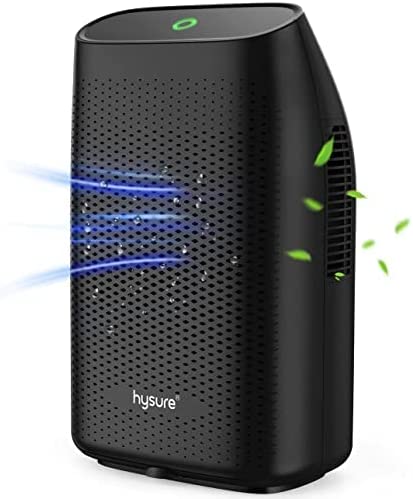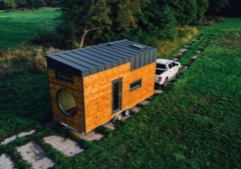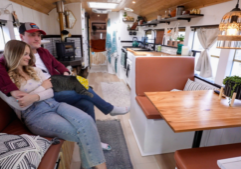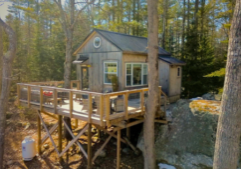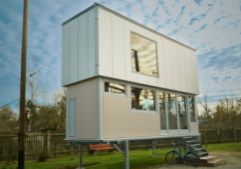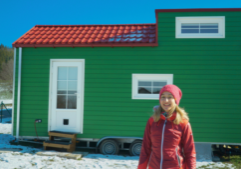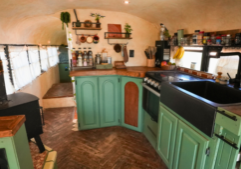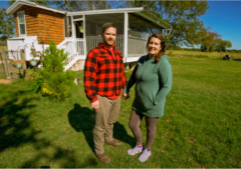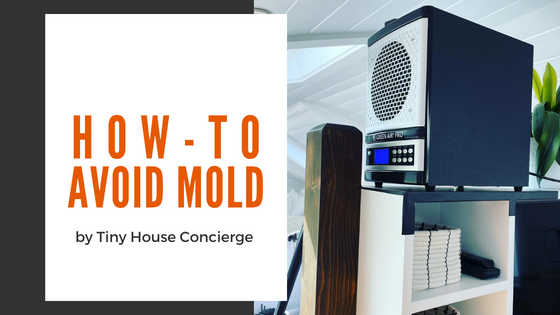
Tiny Houses and Mold – Precautions You Can Take
Tiny Houses and Mold, a Terrifying Risk
Hello Friends!
It's me, Alaska, your Tiny House Concierge. Sometimes I come to you with tiny home tales or to present the findings of my latest tiny house experiment. Today, however, I come to you with a more serious topic: tiny houses and mold.
Tiny homes are still a new-ish concept, and to that end, we're all on this learning curve together. Unfortunately, one thing we're learning is that tiny homes can be more susceptible to mold than larger structures.
Mold is concerning because it can pose serious health risks. It can also cause damage that's expensive to repair. For both reasons, you'll want to do your best to mitigate it. So let's talk about how to accomplish that!
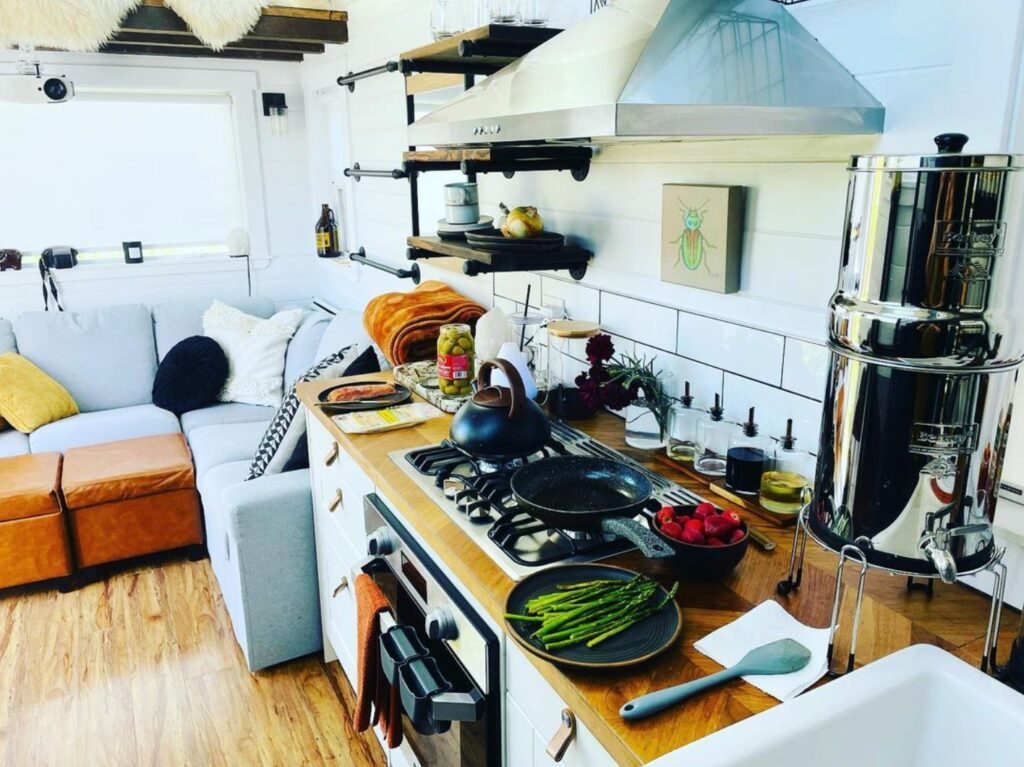
How to Mitigate Mold in the Tiny House Build Process
Break the thermal bridge.
Let's start with the hard one, so the rest of the solutions will seem easy by comparison. Certain materials (like the metal of your movable tiny home chassis, for example!) are more conductive of heat than others. Heat will always move toward cold, and in the winter, this transfer process can create condensation issues in your tiny home.
Condensation can easily become a breeding ground for mold, so it's crucial that builders (and you DIYers!) know why it occurs and how to break the thermal bridge so it doesn't. Of course, you'll want to do more research on this subject, but now you know what to Google. And as a hint, the solution will be found in proper insulation.
Add an HRV unit (Heat Recovery Ventilation unit).
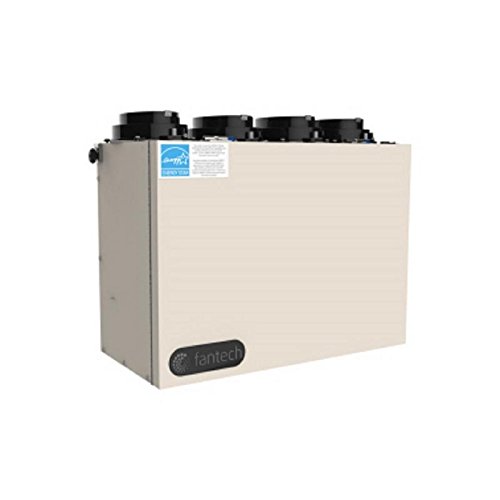 Tiny homes are small, so it's uber important to keep them well-ventilated! This is for your safety and comfort as well as for the well-being of your home. Heat Recovery Ventilation units (HRV units) bring fresh air in and usher stale air out while maintaining you're home's temperature.
Tiny homes are small, so it's uber important to keep them well-ventilated! This is for your safety and comfort as well as for the well-being of your home. Heat Recovery Ventilation units (HRV units) bring fresh air in and usher stale air out while maintaining you're home's temperature.
At present, many builders consider these units an "upgrade" option, but if your budget can swing it, they can go a long way in keeping you and your tiny home healthy.
Don't put operational windows inside the shower.
It might seem like a good idea to put an operational window in your tiny home shower (ventilation is essential, after all!), but maybe don't put it directly in the shower.
Mold likes to form in small, wet crevices. And what better place than the slidey bits of an operational window casing? If you want the dreaminess of a shower window, maybe consider a fixed one that will be easy to clean, and put any operational windows where they won't be directly hit with water.
Add vents where appropriate.
In a small space, everything in the air will be more concentrated. So you'll want food smells, propane, steam from the shower, and moisture from the compost toilet to be vented outside as quickly and efficiently as possible. And remember that it's not enough to add them to your build- you actually need to use them!
How to Mitigate Mold After the Tiny House Build Process
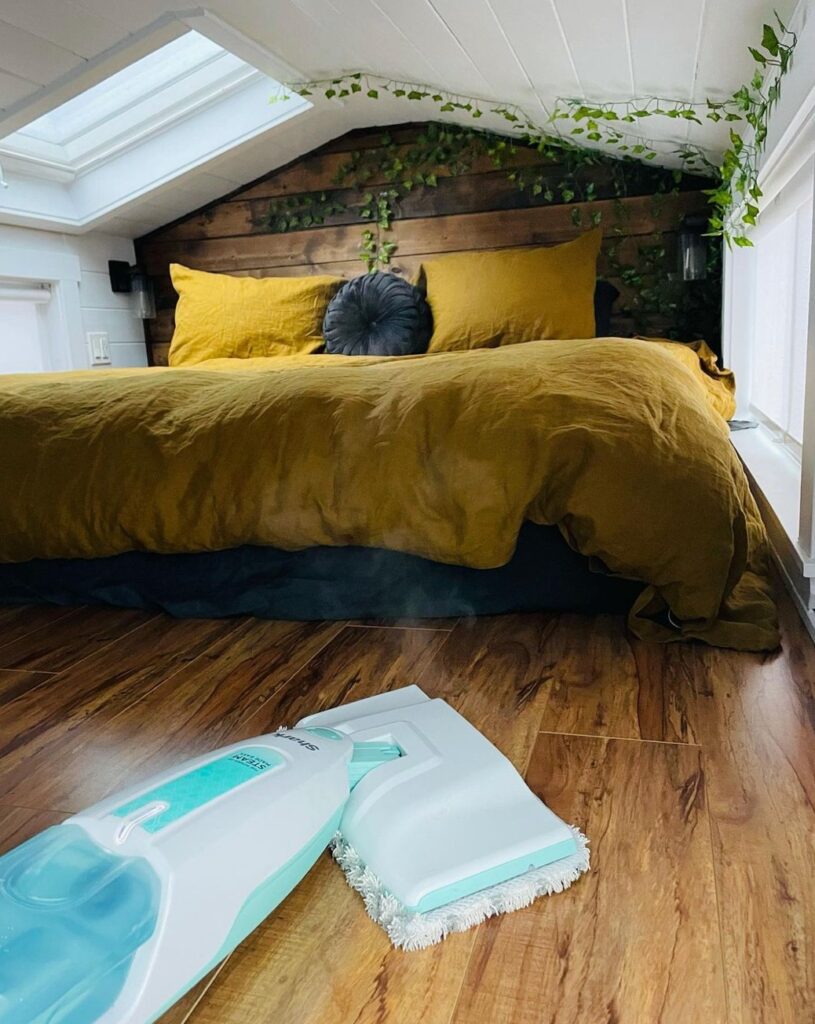
Cleaning helps to mitigate mold. And be sure to put something under your mattress!
Create airflow under your mattress.
Thanks to my friends in vanlife, I didn't have to learn this one the hard way: mattresses can develop mold in small spaces. This is why you'll want to do something to allow airflow under your mattress.
A mattress in a traditional home will often rest on wooden slats or a box spring. These options allow for airflow under the mattress. In a tiny home, however, people are often tempted to set their mattresses on the floor. This practice prevents airflow, which can cause the underside of a mattress to mold.
Fortunately, this one is a simple fix. You'll just need to put something under your mattress that will allow air to pass underneath it. Some people will use wooden or plastic crates, or (if space is of the essence, as in a loft) you can buy mats made explicitly for this purpose. Now you know!
Consider a dehumidifier.
Even if you live in a dry climate, your tiny home will likely collect moisture! Therefore, you'll want to consider a dehumidifier to accompany your ventilation efforts.
If you have the budget, there are battery-operated and plug-in dehumidifiers on the market, so shop around until you find the one that's right for you. However, if those options are cost-prohibitive, you can also buy Damp-Rid hanging pouches or cans to tuck around the house. These are also great if you are sensitive to noise. They are around three dollars each, last 3-6 months, and just FYI, they are usually found near the laundry supplies.
Use an air filter.
The cleaner your home is, the less likely you are to encounter mold problems. For this reason, considering an air filter is a good idea. The good ones can filter out pet dander, dust mites, pollen, smoke, and even (to some degree) viruses. There are many on the market, so just invest in the best one you can. Not only will it aid in the abatement of mold, but it will also help to keep your tiny space sparkly clean.
Until next time,
- Alaska
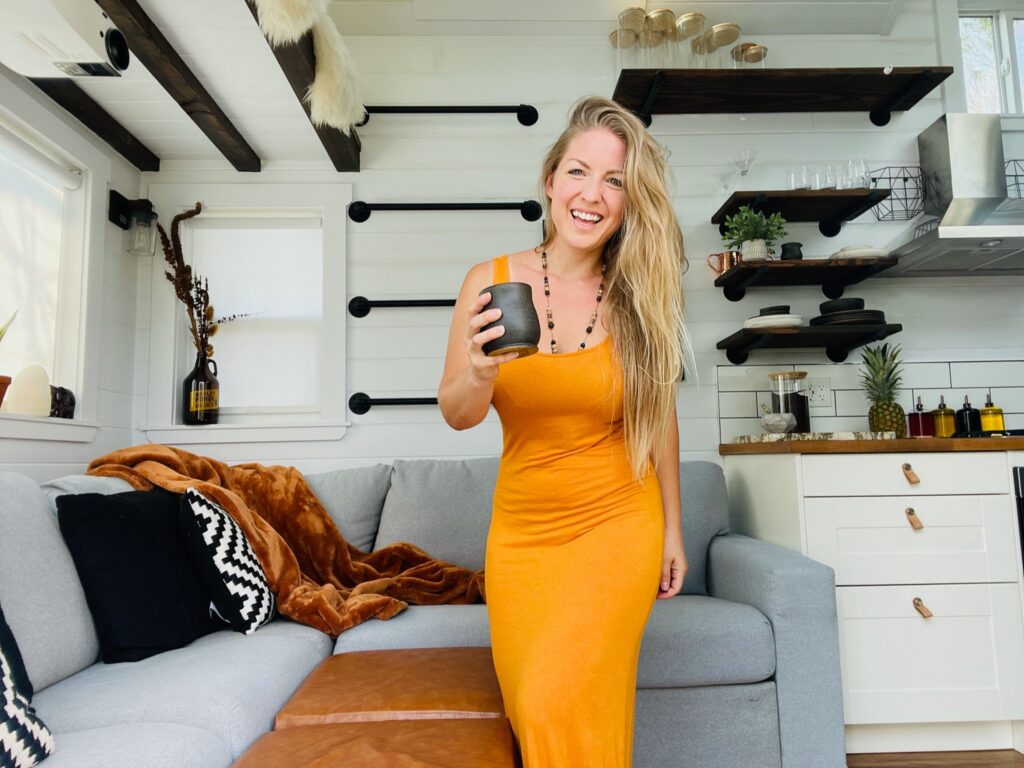
Alaska is a writer, realtor, and tiny homeowner living in the great state of Colorado. She is the founder of The Tiny House Concierge, a company that offers consultation and copywriting services for people looking to rethink their housing and rewrite their lives. In addition to her website, she can be found on Instagram and YouTube.

